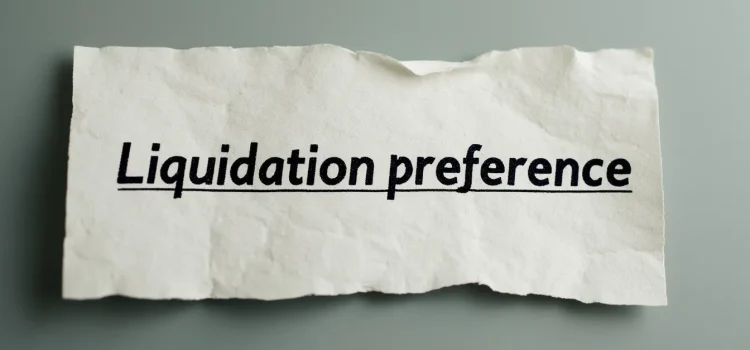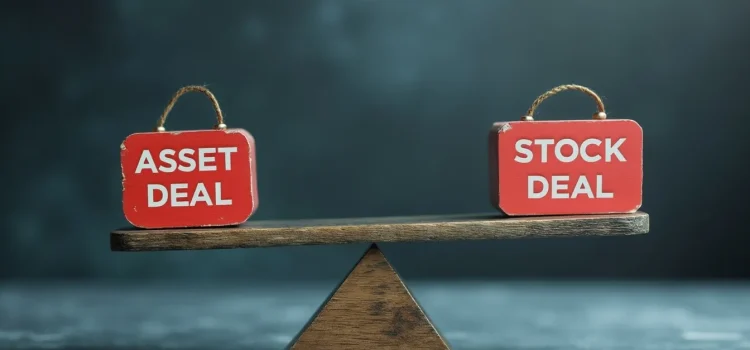What happens to your startup’s proceeds when it’s sold? How do liquidation preferences determine who gets paid first? In Venture Deals, Brad Feld and Jason Mendelson explain how liquidation preference impacts the distribution of funds during a company sale. This crucial term sheet provision can mean the difference between founders walking away with profits or empty-handed when their startup gets acquired. Keep reading to understand how liquidation preferences work and why they matter for your startup’s future.
Why Liquidation Preference Is a Key Term Sheet Provision










